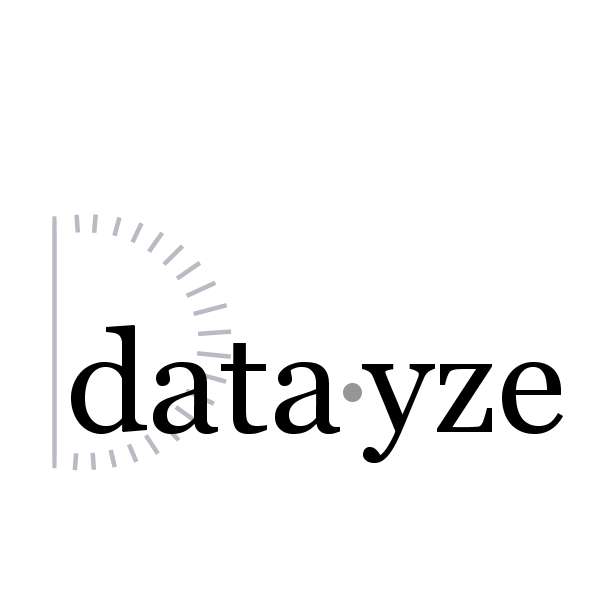
The Baby Name Uniqueness Analyzer can determine how likely a person with a given name is to encounter another individual with the same name.
With the latest trend of selecting unique and unusual names, popular names are not as popular as they once were. The probability that parents in 2021 name their child Liam or Olivia, the top boys' and girls' names, is only 1.04%. Twenty-five years ago the top boys' and girls' names were Michael or Emily. Back then, a baby had a 1.75% probability of being given either name. In other words, a child born twenty-five years ago is over twice as likely to be given the current year's top name than a child born today. While this trend away from the most popular names may be associated with the current generation of parents, it's been occurring for far longer. Only 4.2% of children born last year were given a name in the top ten. In comparison, twenty-five years ago 7.5% of children would be given a name in the top ten, and 50 years ago that number was 12%. A person born into our parents' generation is nearly three times as likely to be given a top ten name than a person born into our kids' generation. As someone who had two other 'Sara's (spelled differently) in her kindergarten class, I am fascinated that the probability of a kindergarten class of 35 in 2023 having any two children with the same name is only 41.9%. The probability of a kindergarten class having three children with the same name? Just 1.6%. That doesn't mean it never happens. With so many kindergarteners in the US, we estimate approximately 2,791 kindergarten classes across the country will have three kids with the same name.How unique is a given name? You might be surprised
Where does your data come from?
The Social Security Administration (SSA) for baby name popularity and population size. The SSA publishes background information on how the data is collected and distributed for the interested. Average elementary school size comes from the National Center for Educational Statistics. Similar names are computed using a combination of string and phonetic edit distances.
Were there really ten boys named Sarah in 2015?
Looks like! Our data comes direct from the US Census Data, and that's what the Social Security Administration (SSA) reports. With a 3,961,981 babies born in 2015, there's bound to be at least a few reporting errors. There's also going to be a few really far out their names. There may have been 10 boys named Sarah, but there were also 16 girls named 'Abcde'.
Hey, my daughter's/brother's/neighbor's name isn't on the list! What gives?
Congratulations on a super rare name! Your daughter/brother/neighbor is one of a kind! Or, more precisely, one of no more than 4. The Social Security Administration (SSA) does not include baby names when fewer than five babies were given the name.
Love Baby Names? Try our other Baby Name Apps. The Baby Name Explorer lets you explore names based on gender ratio, substring, popularity, or the number of syllables. If you like more unusual names, you may enjoy the Unique Name Generator, Name Blender which merges two names into one or Alternate Spelling Suggester. Finally, the Nickname Finder can help you find that perfect nick name.